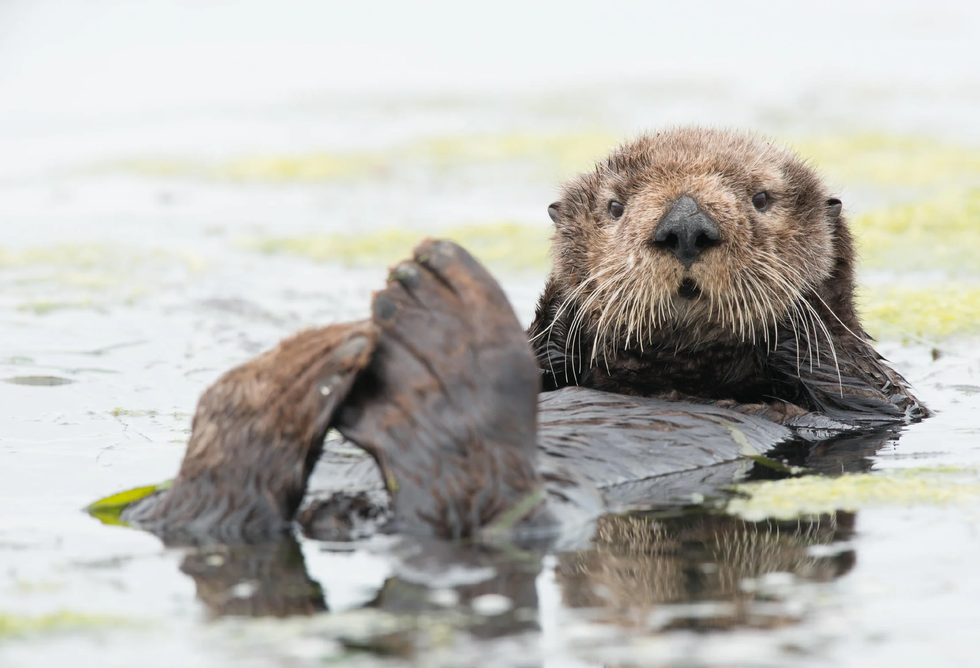Sea otters exhibit a fascinating behavior of using tools to access a diverse array of prey and protect their teeth. This remarkable adaptive strategy allows them to thrive in their environments.
Tool Use for Feeding
Sea otters use rocks and other hard objects to break open hard-shelled prey such as sea urchins, crabs, and mussels. This behavior enables them to consume a richer diet that would otherwise be inaccessible. By utilizing tools, otters can minimize tooth damage, crucial for their feeding efficiency and overall health.
Research Findings
A long-term study conducted by marine biologists involved detailed observations of otter behavior in the wild. Key findings include:
- Otters that frequently used tools exhibited less tooth wear compared to those that did not.
- Tool use is a learned behavior that provides significant advantages, highlighting the otters’ cognitive abilities and problem-solving skills.
Ecological Implications
Sea otters play a vital role in maintaining the balance of kelp forest ecosystems. By preying on species like sea urchins, they prevent these populations from exploding and decimating kelp forests, which are crucial marine habitats.
Broader Impact
This research highlights the intricate relationships within marine ecosystems and underscores the essential role of sea otters. It also raises further questions about the evolution of tool use among marine animals and its impact on their survival and ecological roles.
Multiple Choice Questions (MCQs):
- What is the primary reason sea otters use tools?
- A. To entertain themselves
- B. To access a richer diet
- C. To build shelters
- D. To signal other otters
- Answer: B. To access a richer diet
- Which prey do sea otters use tools to break open?
- A. Fish
- B. Algae
- C. Sea urchins, crabs, and mussels
- D. Plankton
- Answer: C. Sea urchins, crabs, and mussels
- What benefit do sea otters gain from using tools, aside from accessing food?
- A. They can swim faster
- B. They can avoid predators
- C. They minimize damage to their teeth
- D. They communicate better
- Answer: C. They minimize damage to their teeth
- What did researchers observe about otters that frequently used tools?
- A. They had more offspring
- B. They lived shorter lives
- C. They had less tooth wear
- D. They traveled longer distances
- Answer: C. They had less tooth wear
- How do sea otters contribute to the balance of kelp forest ecosystems?
- A. By cleaning up the kelp
- B. By preying on sea urchins
- C. By eating kelp
- D. By scaring away predators
- Answer: B. By preying on sea urchins
- What broader questions does the research on sea otters’ tool use prompt?
- A. How do otters build their dens?
- B. What other marine animals use tools?
- C. What is the lifespan of an otter?
- D. How do otters find mates?
- Answer: B. What other marine animals use tools?
